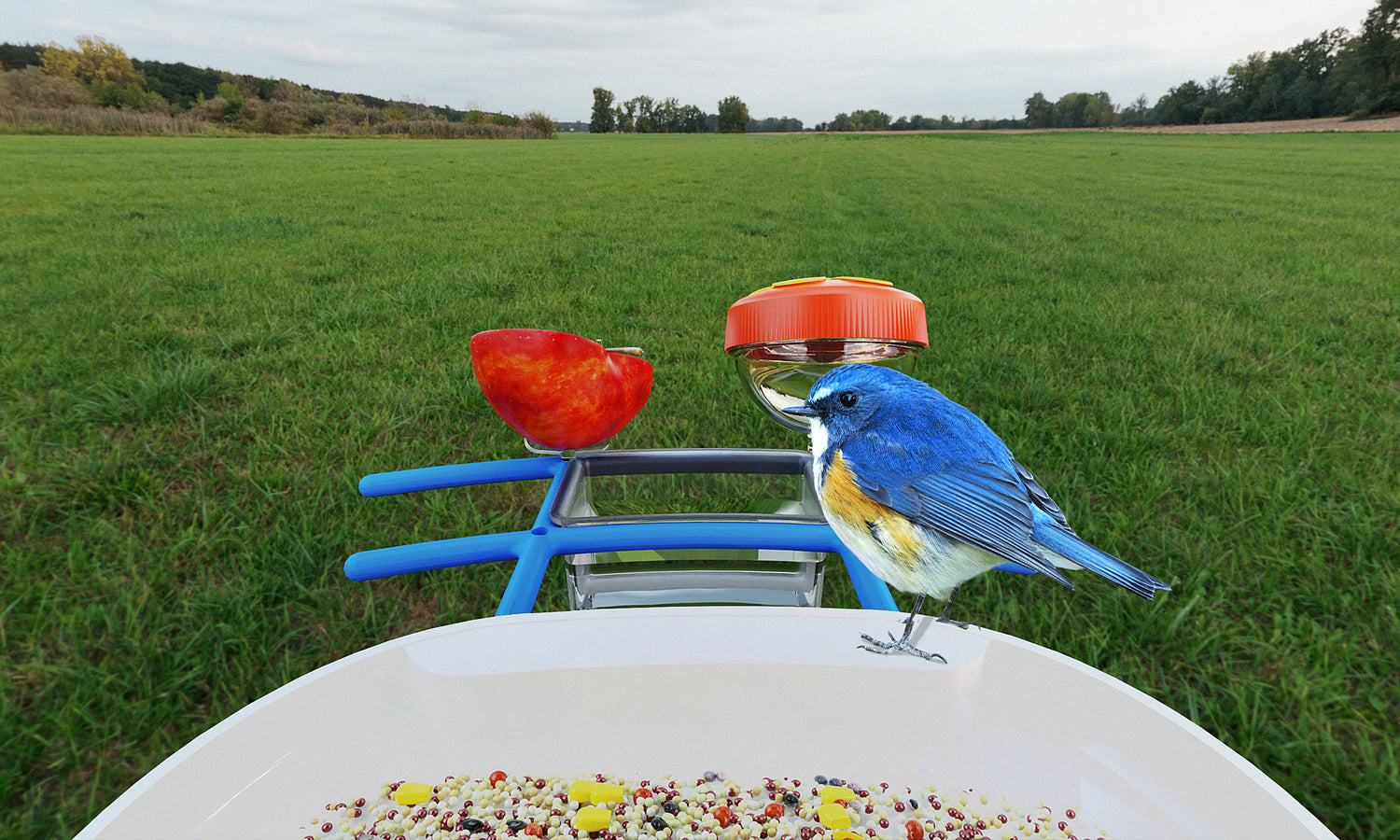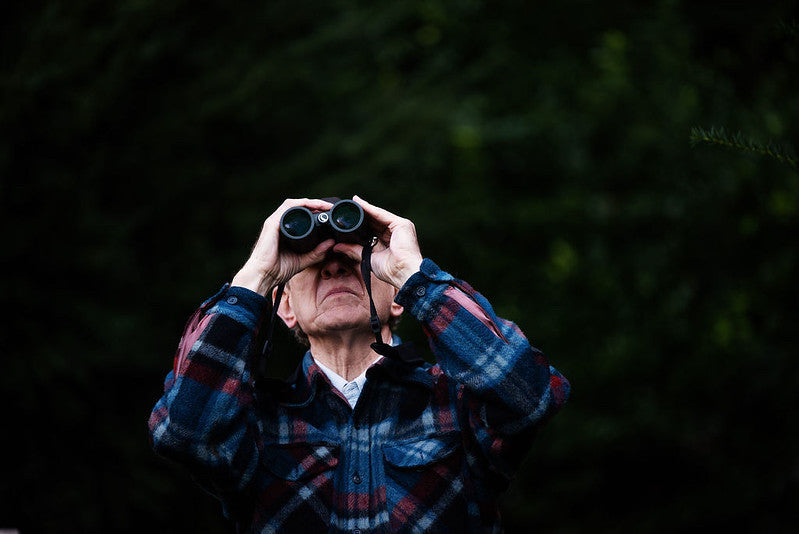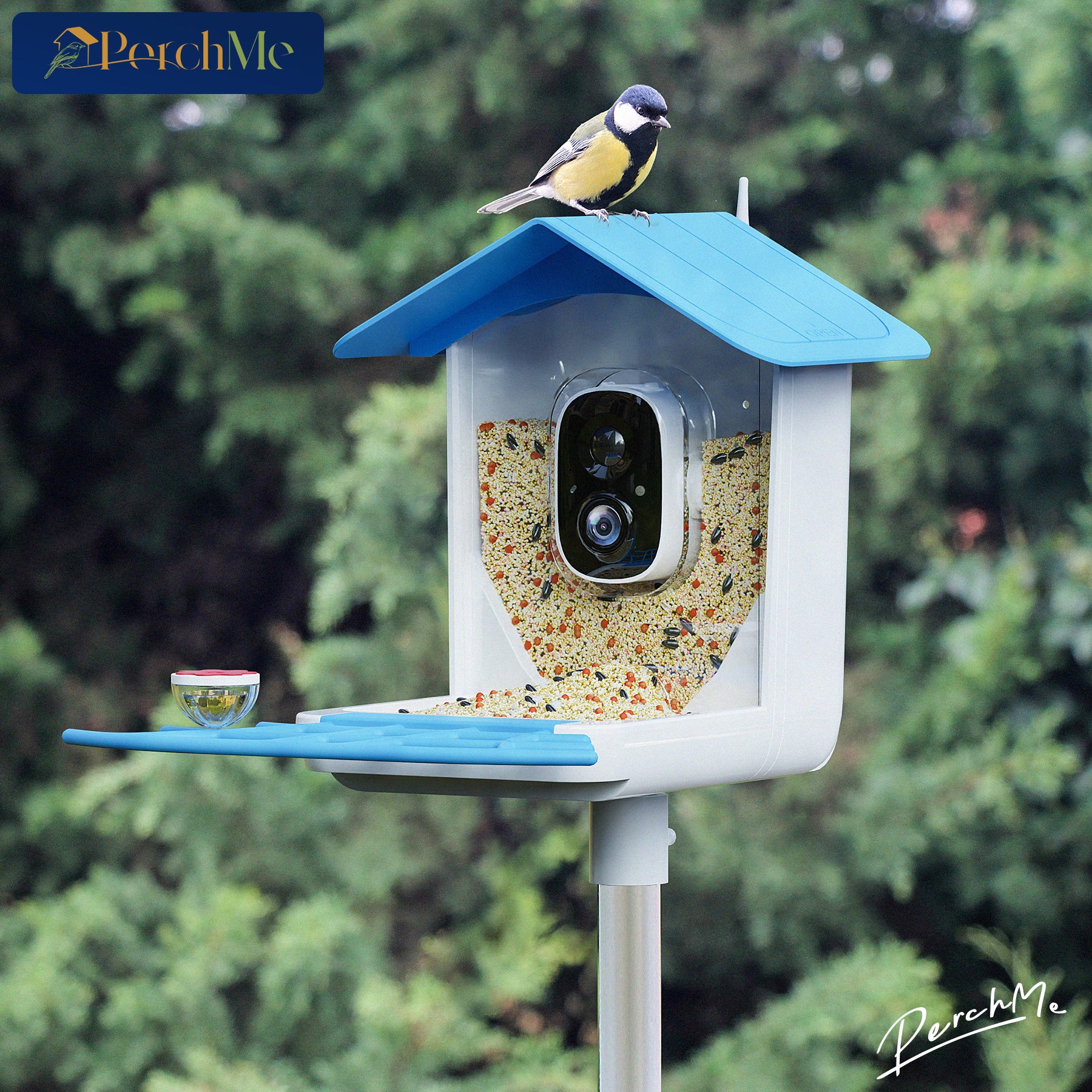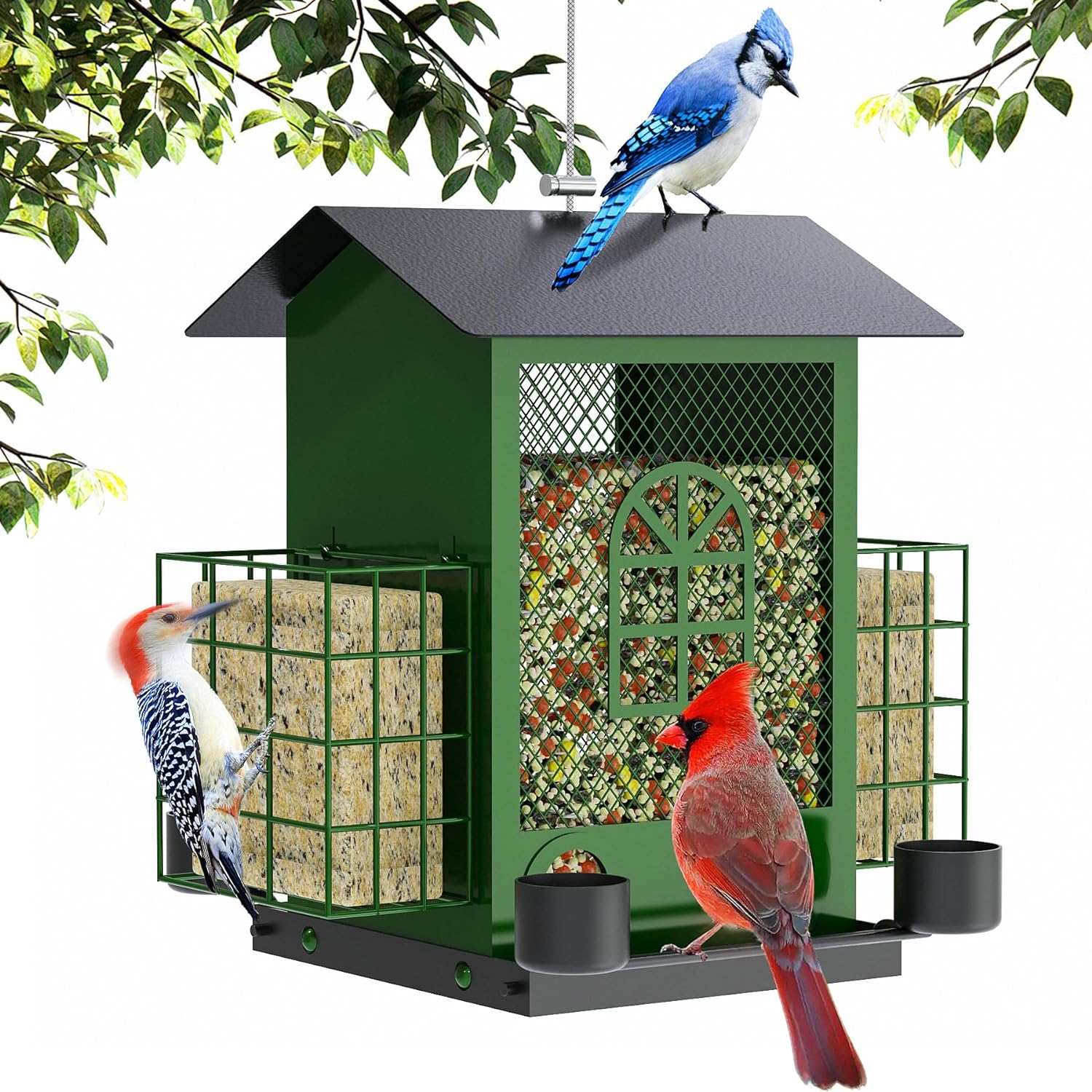Introduction: The wisdom and mystery of nature
In busy urban corners or quiet natural forests, birds are always busy shuttling between branches and the ground, looking for food they depend on for survival. Have you ever wondered how these tiny lives can accurately find food sources in the vast natural world? What is even more surprising is that, like humans, will they tell their companions where there is abundant food in some way? Today, we will uncover this mysterious way of communication between birds.
Bird "language": the mystery of calls and behavior
First of all, we need to understand that there is indeed a complex communication system between birds. This communication is not limited to singing during courtship, but also includes information transmission in daily life, such as sharing of food sources.

Diversity of calls: Bird calls are one of their main ways of communication.
Different calls can express different emotions and information, including warnings, courtship, calling companions, etc. In terms of food discovery, some birds use specific calls to inform their companions where there is an abundant food source. For example, some species of parrots make specific calls when they find fruit or nuts, attracting other members to share.
Demonstration of behavior: In addition to sound, birds also use behavior to convey information. For example, when a bird finds food, it may repeatedly fly toward and away from the food source. This behavior can be seen as a "calling" signal to attract other birds to explore. In addition, some birds will teach young birds how to forage by demonstrating how to obtain food, such as the technique of cracking nuts.

Cooperation and competition among birds
When food resources are limited, communication between birds is not only for sharing, but sometimes also involves competition. For example, some birds will quickly notify family members or close partners after discovering a food source, rather than spreading the information widely to avoid the influx of competitors. This strategy helps to protect food resources and ensure that they and their close companions can get enough food.
Science and observation: Unraveling more mysteries
Although we have a certain understanding of communication between birds, nature is always full of unknowns. With the advancement of science and technology and the development of ecological research, scientists are using more advanced technologies, such as sound recognition software and GPS trackers, to study the communication mechanisms of birds in depth. These studies not only help us better understand the behavior of birds, but also provide valuable scientific basis for protecting biodiversity.
Conclusion: Respect and Protection
Understanding the communication methods between birds makes us admire the wisdom and adaptability of these small lives even more. As part of nature, we have the responsibility to protect these precious ecological resources, reduce interference with their living environment, and allow birds to fly freely under this blue sky and continue their ancient and mysterious communication traditions.




















Leave a comment
All comments are moderated before being published.
This site is protected by hCaptcha and the hCaptcha Privacy Policy and Terms of Service apply.